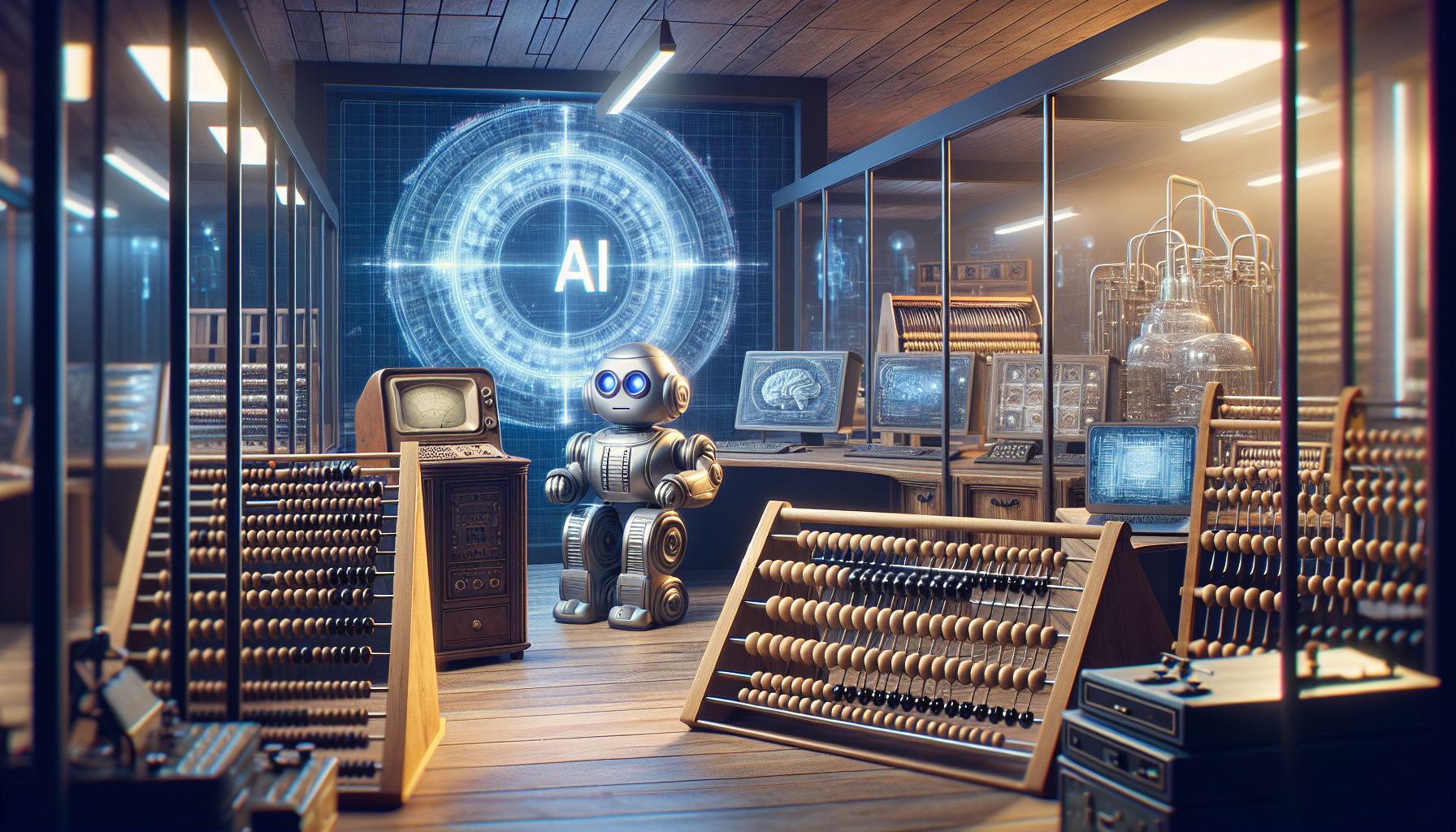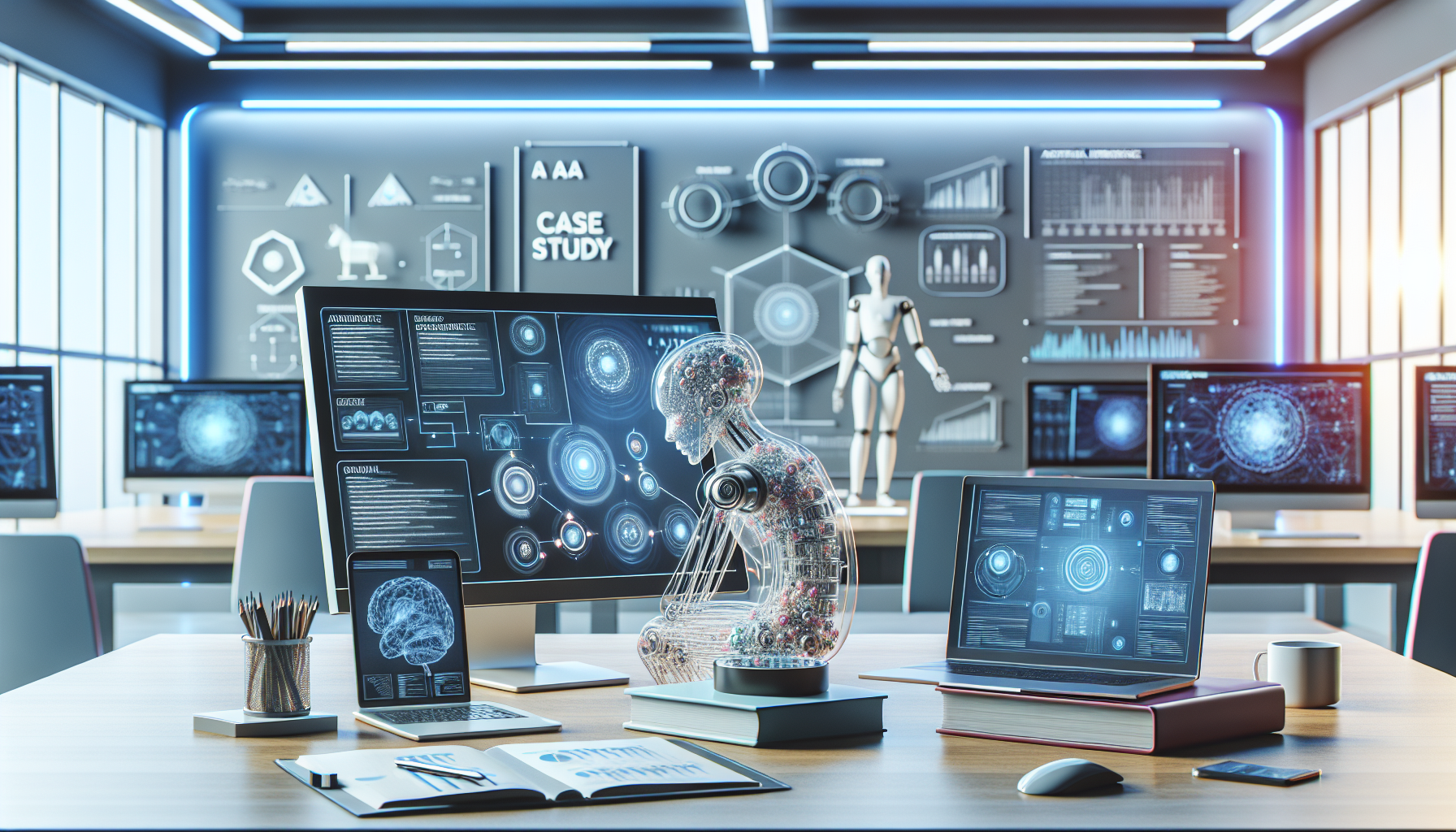
Machine Learning vs. Deep Learning: Bridging the Gap in AI Evolution
June 23, 2025
Artificial intelligence is no longer the domain of science fiction; it's an integral part of our everyday lives. Yet, within this expansive field, terms like machine learning and deep learning often create confusion. Understanding the nuances between these concepts is crucial, not only for tech professionals but for anyone navigating the digital age. As we delve into the current trends, it's clear that mastering these distinct yet interconnected branches of AI could hold the key to unlocking future innovations.
Machine learning, a subset of artificial intelligence, revolutionized how we approach data analysis and decision-making. By enabling systems to learn from data, machine learning models can make predictions or decisions without being explicitly programmed for each specific task. Think of it as teaching a computer to recognize patterns and make decisions based on those patterns. This process has enabled advancements in various fields—from personalized recommendations in streaming services to credit scoring systems that assess financial risk.
Conversely, deep learning takes inspiration from the human brain's neural networks, offering a more sophisticated approach. It involves multiple layers of algorithms, known as neural networks, which work together to untangle complex patterns. The depth of these layers allows deep learning to excel in tasks like image and speech recognition, where the subtleties of data require more nuanced interpretation. This capability has propelled deep learning into the forefront of AI, making it the backbone of innovations like autonomous vehicles and advanced language processing systems.
Despite their interconnectedness, machine learning and deep learning serve different purposes and are best suited for distinct applications. Machine learning is ideal for scenarios where data is structured and the task requires straightforward pattern recognition. Its simplicity and efficiency make it an attractive choice for businesses seeking quick, reliable solutions. However, when faced with vast amounts of unstructured data—such as images, audio, or text—deep learning becomes indispensable. Its ability to discern intricate patterns within complex datasets is unparalleled, but it comes at the cost of increased computational power and time.
Trends in AI development reveal an increasing convergence between machine learning and deep learning, driven by the demand for more comprehensive solutions. This trend is fueled by the ever-growing availability of data and advancements in computing power. As organizations strive to harness the full potential of AI, hybrid models that incorporate elements of both machine learning and deep learning are emerging. These models aim to combine the efficiency of machine learning with the depth of analysis provided by deep learning.
Consider the healthcare industry, where the fusion of these technologies is already transforming patient care. Machine learning algorithms are adept at handling structured data, such as patient records and lab results, providing quick and accurate diagnostics. Meanwhile, deep learning models analyze medical images with precision, detecting anomalies that might elude human eyes. Together, they create a comprehensive diagnostic tool that enhances the accuracy and speed of medical assessments.
The financial sector, too, benefits from this convergence. Machine learning models rapidly process transactional data to detect fraudulent activities in real-time. Simultaneously, deep learning algorithms analyze unstructured data sources, like customer interactions and social media sentiment, to provide insights into market trends and customer behavior. This dual approach equips financial institutions with a robust framework for decision-making and risk management.
As these technologies evolve, the distinction between machine learning and deep learning becomes less about which is superior and more about how they can complement each other. The real challenge lies in understanding when to apply each technology to maximize their collective impact. This requires a shift in mindset—from viewing these tools as standalone solutions to appreciating them as part of a holistic strategy in AI deployment.
Looking ahead, the question isn't whether one technology will eclipse the other but how we can innovate by integrating their strengths. Can we push the boundaries further by developing hybrid systems that leverage the best attributes of both? As we explore this frontier, one thing remains certain: the synergy between machine learning and deep learning will continue to redefine what's possible in AI, challenging us to rethink how we approach complex problems.
In this rapidly changing landscape, the ability to distinguish between and utilize these two powerful tools will be a defining skill. Are we prepared to embrace the possibilities that arise from their convergence, and what new horizons will this union uncover in the quest for artificial intelligence excellence?


